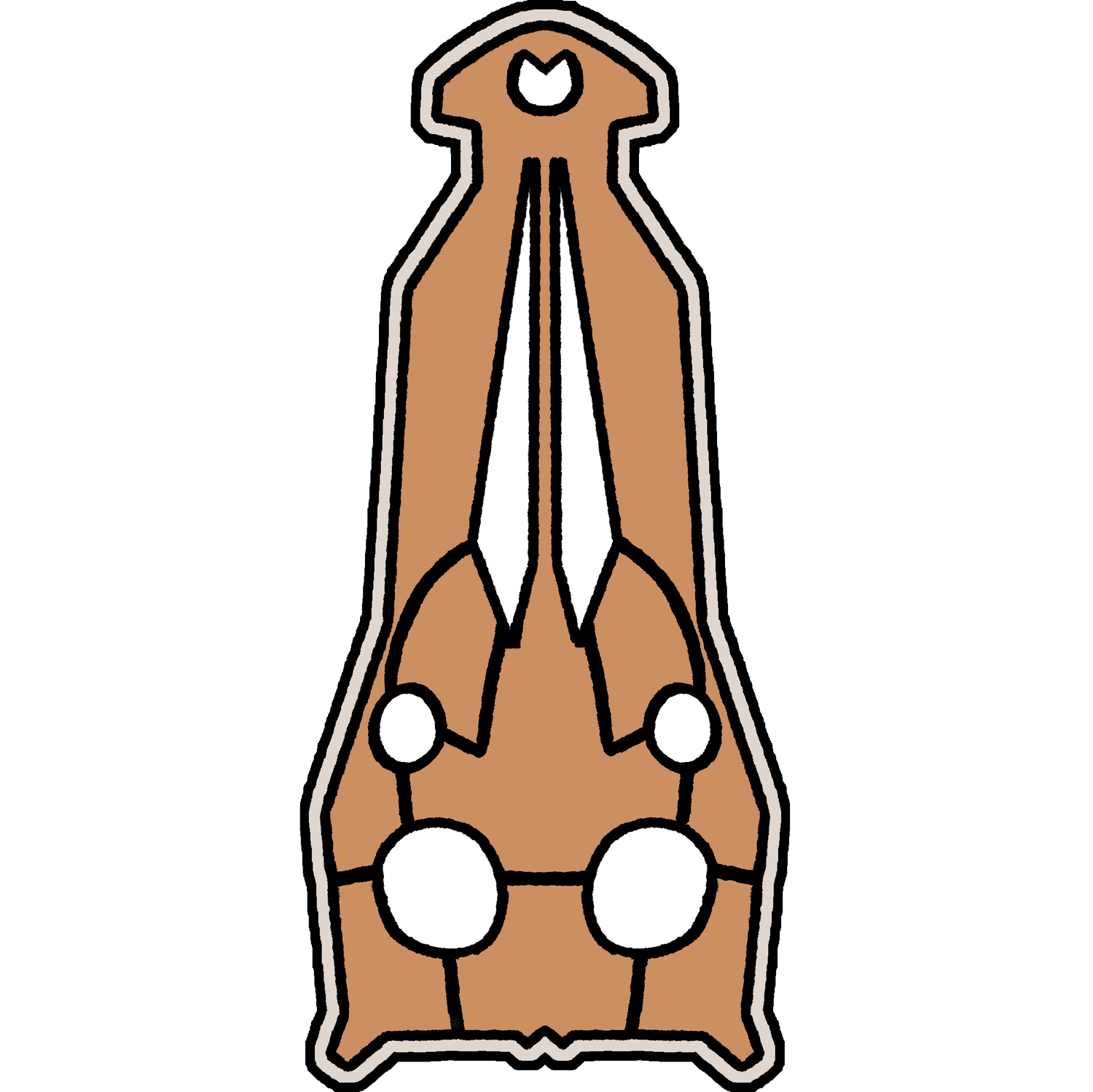On the Use of Skeletal Diagrams of Extinct Taxa
Skeletal diagrams of extinct taxa are not merely visual references for artists, they are anatomical studies built through extensive research and artistic interpretation. Each diagram deeply engages with the fossil record, comparative anatomy, and paleontological data.
Creating a skeletal diagram is an intensive process. It involves hours, often days or weeks, of research, study of available specimens, consultation of academic literature, and careful reconstruction of missing or fragmentary parts. The final drawing represents a combination of factual anatomy and informed inference. Where bones are incomplete or unknown, the skeletal artist must reconstruct based on related taxa etc. These reconstructions often include subtle personal interpretations or stylistic quirks, making each diagram distinct - even skeletal diagrams of the same taxon by different artists are going to have clear differences as a result.
Because of this uniqueness, tracing from skeletal diagrams is extremely easy to spot, especially to those familiar with the taxa or to the artists themselves. It’s disingenuous to claim "they look the same because they're the same taxon" - this dismisses the artistic effort, scientific judgment, and individual interpretation involved in their creation. Moreover, diagrams of the same species by different artists can vary greatly, further highlighting the individuality of each piece.
When someone copies heavily from a skeletal diagram without conducting their own research or understanding the underlying anatomy, mistakes are common. This is especially true when relying on a single lateral view. Misinterpretations and inaccuracies can emerge, revealing a lack of anatomical comprehension and often making the tracing even more obvious.
Using skeletal diagrams as reference is completely fine, and encouraged. They’re excellent resources for understanding anatomy. However, proper credit is essential. Simply modifying or slightly editing an existing skeletal diagram does not make it your own work. Passing it off without credit disrespects the original artist’s time and effort and undermines the credibility of your own work. This extends beyond skeletals into derivative works like 3D models or reconstructions, where the influence of the source diagram can still be evident.
If you plan to use a skeletal diagram for profit - for example, in a paid commission or product - you must contact the original artist for permission. In most cases, a licensing fee will be required. This is standard practice across all forms of artwork: if you’re profiting from someone else’s work, compensation is expected.
For personal projects, such as portfolio pieces or non-commercial studies, crediting the original artist is sufficient. Most skeletal artists (myself included) truly enjoy seeing how others build upon their diagrams when the work is respectful and appropriately credited.
Ultimately, respect the time, knowledge, and creativity that go into skeletal diagrams! They're not just there for you to use for whatever. Remember to respect the original creator, as you would any other piece of art.
